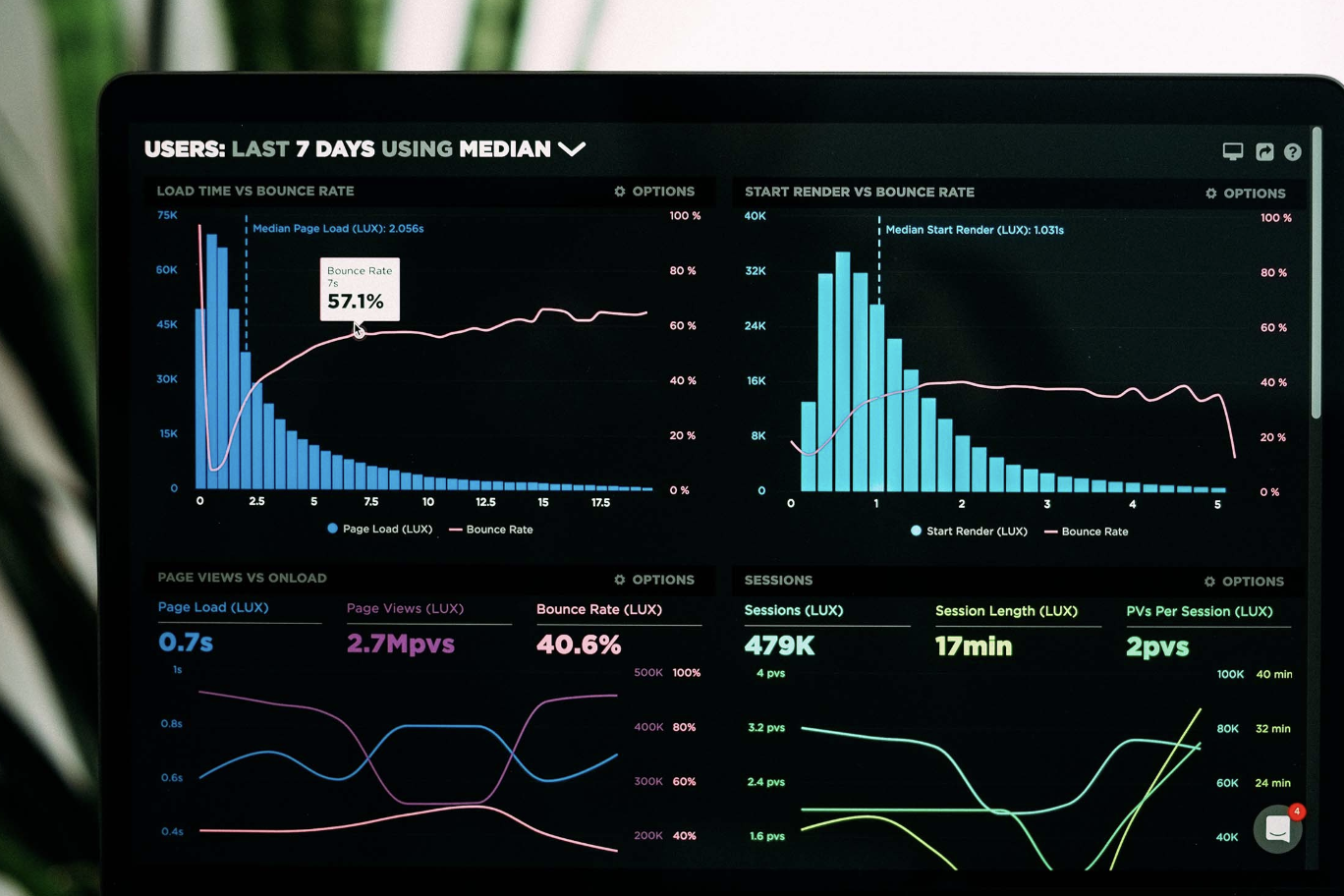5 things developers should know about digital strategy
The line between developers and marketers is getting fuzzier every day. More and more, marketers are required to dive into development conversations and processes, and hold their own (or at least smile and nod) when discussing things like CDN, server load, Javascript, Angular, HTML5 and other jargony topics. Likewise, developers are being tasked more and more to contribute to strategy discussions and business decision-making.As we move forward, these two worlds will continue to converge -- most likely to a point when development knowledge is a requirementfor marketers, and vice versa. Until that time, however, these are just a few of the concepts constantly bouncing around in the minds of digital strategists that developers will truly benefit from understanding.
Analytics
In about 90% of web projects I've worked on, "analytics implementation" included dropping a single snippet of Google Analytics code into a site's header file and calling it good. True, this does technically "get analytics on the site," but businesses require more, and often this takes some know-how on the technical side. There are a lot of gears and pulleys running in the background to make an analytics implementation work, which require a developer's mind to fully understand the nitty gritty of how data is collected and sent to the analytics platform. As a marketer and strategist, my knowledge tends to stop at knowing what I'd like the analytics platform to be capable of. I count on my development partner to know how to make that happen.Working with a professional who understands the complexities of analytics implementation and configuration is invaluable. Concepts like IP filtering, cross domain tracking, eCommerce tracking, custom dimensions metrics, database management, regular expressions & formulas, and API configuration are typically too technical for the average (and even above-average) marketer to implement on their own but are critical in the proper implementation of an analytics strategy.Google has amazing documentation for Google Analytics written specifically for developers.Also, agencies like LunaMetrics and MeasureSchool have published a ton of amazing resources for specific analytics topics.
Tag management
Tag management is related to analytics implementation but deserves a bullet of its own.An initial analytics implementation opens the gate and allows data to start flowing from a website to the analytics platform. A tag management platform like Google Tag Manager is a tool that's used on an ongoing basis to manage the exact data that is sent.At its most basic, a tag manager is a system that is configured and managed by marketing or business owners and is delivered to a site through a 'container' -- a snippet of code placed in a site's code, similar to analytics code. It gives marketers the power to inject simple or complex analytics tags onto the website without the need to bug their developer. Typically, this is used to track specific events (like button clicks, form submissions, or other actions), but can also be used in conjunction with online advertising or other systems.While much of Google Tag Manager can be controlled by marketers, there is often a need for developers and their unique knowledge of page structure, elements, HTML, and Javascript. In order to work, the tag manager relies on triggers configured for the website, which are often over the head of the marketer on the project. Understanding how to identify and capture particular web actions is a necessity for complex tag management and is best left to professional developers.Again, Google Documentation is the best place to get started on learning Google Tag Manager.LunaMetrics and MeasureSchool are great assets here as well, in addition to this blog by Simo Ahava.
DataLayer
Closely intertwined with Analytics and Tag Manager, a developer who understands the value of the dataLayer on a website is extremely valuable.The dataLayer can be summarized as a section of the <head> tag that stores relevant information about a particular page and makes it available for reporting (through Analytics), or for integrating with tags and triggers (Tag Manager). This section can be static, (i.e., values are hard-coded into the dataLayer when a page or site is created) or dynamic (i.e. values are populated in the dataLayer dynamically, based on page content or other variables).While there are countless uses for the dataLayer, the most common is enabling eCommerce tracking within an analytics program. The dataLayer is used to collect information about a shopping cart as its filled, as well as order information when a transaction is completed and sends all of that information to the Analytics program. From there, the marketer or business owner can report real eCommerce performance in-line with general web activity.Again, marketers and strategists will typically be responsible for deciding </head>whatthey require from the dataLayer but will rely very heavily on a developer to implement the code properly. A developer who understands the ins and outs of dataLayer implementation and configuration will make a lot of friends in the digital marketing field.This blog post by Optimize Smart goes into much more detail about the Data Layer itself.
Content modeling
This is an easy one because most developers know more about content modeling than they realize. If you're a developer who builds websites within a CMS, you're already an expert in content modeling.In a nutshell, the content model breaks down the components of each type of content on a site. Using the Blog Post content type as an example, the content model will outline each facet of information that makes up a blog post, and how it should be incorporated into the creation of the site. So a blog post will have fields like Title, Meta Description, Body Copy, Image, Date, Author, Category, etc.Easy, right?The reason marketers love the activity of content modeling is that it provides a blueprint for information structure. It ensures that all on-page elements are accounted for in design and development and that any dynamic functionality (E.g. Related content, Suggested Articles, Similar Products, etc.) is achievable through content binding fields.A content model is typically one of the most important (and one of the final) transition pieces as a project goes from strategy to implementation. A well-designed content model will remove any and all ambiguity about on-page information structure, and should be a mutually agreed-upon schematic from which the CMS will be configured.Here's a blog post that goes into a little more detail about content modeling.
Ecommerce performance
Many of us who live in the technology world understand the intrinsic value of web technology. We can see a well-designed site and appreciate its quality. We understand the level of work required by designers and developers to make quality websites a reality.Clients -- while they also have an appreciation for quality -- see value in results.Ecommerce clients, in particular, depend on an effective website to keep their business moving forward. If it's beautiful, that's a plus. If it's built on the latest technology, that's a plus. But the bottom line is the bottom line. How well did the website work in generating income for the business? If revenue isn't improved with a website redesign project, then the project is not successful (yet). Yes, there may be other wins -- ridding the client of technical debt, adding efficiency to processes, improving brand image, etc. -- but as a client whose business is dependent on online sales, those small wins cannot take the place of revenue goals.Any digital professional, whether a developer or a strategist, who understands that business performance is the ultimate measuring stick of any web development project, will find that they achieve much healthier client relationships. This is why I love when developers are involved throughout the strategy portion of a web development project. They get to participate in creating the goals and targets that their work will ultimately be measured against. That's a win for everyone!These 5 points are just scratching the surface on the components of digital strategy in which I feel developers offer tremendous value (in addition to the value they already offer). The marketing world is rapidly becoming more dependent on technology, and marketers, strategists, and even clients will be reaching out to developers who can bring engineering experience to these areas of the work.As always, let me know what you think! If you're a developer, and you are an expert in all of these things already, we should really talk about working together! If you have other ideas about how marketers can become more technical, or engineers can become more marketing-minded, let me know that too.




